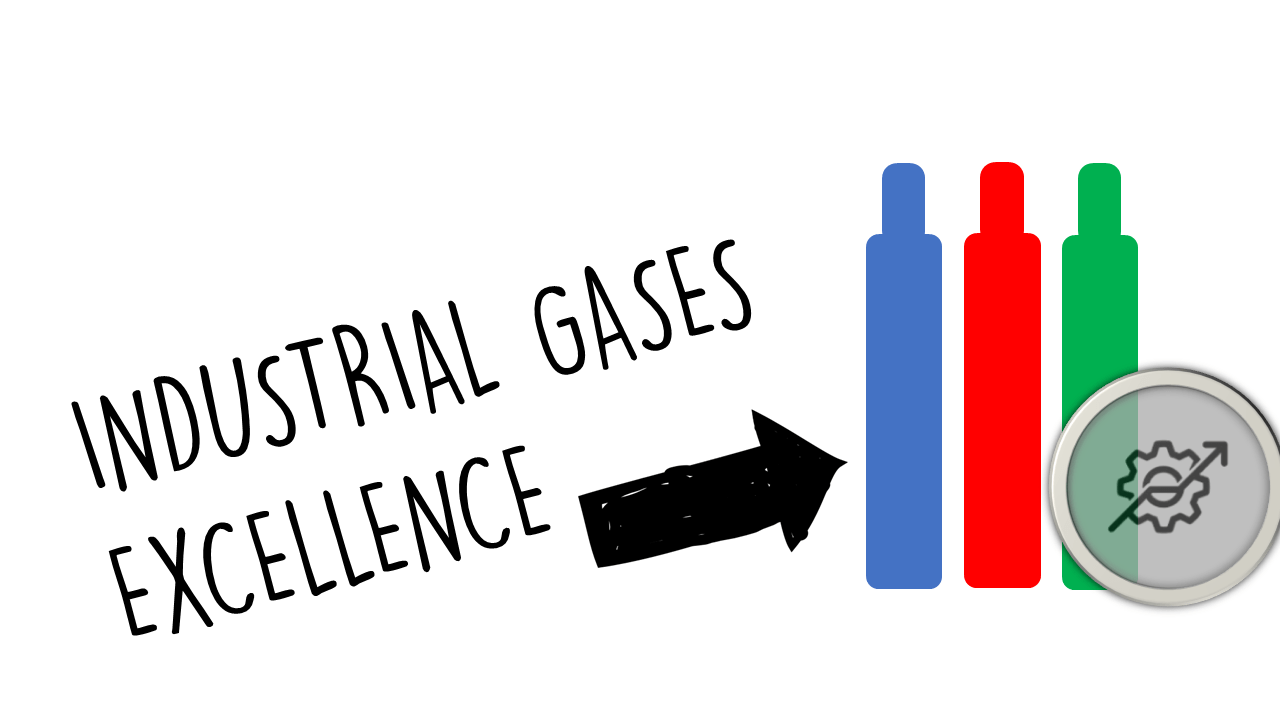The RapidKnowHow Process : Assessing Rapid Product Launch
New Product Launch is decreasing > What is the root cause > What are the Main Categories > What are the main subcategories > What are Options for Solutions > What is the feasibility of the solution > Time constraint > Resources required > Expected Effectiveness > Outcome : Ranking of Options from Best to Worst > Conclusion > Get started
AI
New Product Launch Decrease Analysis
1. Root Cause
The decrease in new product launches can stem from various factors such as:
- Market Research Failures: Inadequate understanding of customer needs or market trends.
- Development Delays: Long product development cycles leading to missed market opportunities.
- Insufficient Marketing Efforts: Lack of promotion or awareness leading to poor product adoption.
- Resource Constraints: Limited budget, manpower, or technology hindering product development.
- Increased Competition: A saturated market makes it difficult to stand out.
- Internal Coordination Issues: Lack of collaboration across teams (R&D, marketing, sales).
2. Main Categories
- Market Understanding
- Product Development
- Marketing and Promotion
- Resource Management
- Competitive Analysis
3. Main Subcategories
Market Understanding
- Customer Insights: Understanding customer needs, preferences, and pain points.
- Trends and Innovations: Keeping up with market trends and technological advancements.
Product Development
- Speed to Market: Time taken from idea conception to product launch.
- Product Quality: Ensuring new products meet quality standards and customer expectations.
Marketing and Promotion
- Campaign Effectiveness: Evaluation of advertising and promotional strategies.
- Brand Positioning: How new products fit within the existing brand strategy.
Resource Management
- Budget Allocation: Availability of funds for product development and marketing.
- Talent Acquisition: Having the right team with the necessary skills.
Competitive Analysis
- Market Landscape: Understanding competitors and their offerings.
- Differentiation Strategy: How to distinguish the new product from existing products in the market.
4. Options for Solutions
Market Understanding Solutions:
- Conduct comprehensive market research to gather customer insights.
- Use focus groups to refine understanding of customer needs.
Product Development Solutions:
- Implement agile methodologies for faster development cycles.
- Utilize prototypes and MVP (Minimum Viable Product) strategies to validate ideas quickly.
Marketing and Promotion Solutions:
- Develop tailored marketing strategies based on target segments.
- Leverage social media and digital marketing for increased visibility.
Resource Management Solutions:
- Reevaluate and optimize budget allocation for product launches.
- Invest in hiring or training personnel focused on product innovation.
Competitive Analysis Solutions:
- Perform SWOT (Strengths, Weaknesses, Opportunities, Threats) analysis of competitors.
- Regularly monitor market developments to stay ahead.
5. Feasibility of Solutions
- Market Research: High feasibility; largely involves surveys, interviews, and data analysis.
- Agile Development: Medium feasibility; may require team restructuring and training.
- Tailored Marketing Strategies: High feasibility; aligns with existing marketing capabilities.
- Budget Optimization: Medium feasibility; depends on the current financial landscape.
- Competitive Analysis: High feasibility; mainly research-based and can be integrated into regular strategy meetings.
6. Time Constraint
- Short-term (0-3 months): Implement market research initiatives and develop social media marketing campaigns.
- Medium-term (3-6 months): Rearrange product development processes to include agile methodologies.
- Long-term (6-12 months): Build a robust competitive analysis framework and optimize resource management strategies.
7. Resources Required
- Financial Resources: Funding for market research, marketing campaigns, and potential new hires.
- Human Resources: Involvement from marketing, product development, and market research teams.
- Technological Resources: Tools for data analysis, project management software, and marketing automation platforms.
8. Expected Effectiveness
- Market Research: High effectiveness; improves understanding of customer needs.
- Agile Development: High effectiveness; accelerates product development and responsiveness to change.
- Tailored Marketing Strategies: Medium to high effectiveness; improves engagement and reach.
- Budget Optimization: Medium effectiveness; can lead to more efficient use of funds.
- Competitive Analysis: High effectiveness; helps to create a strong market presence and positioning.
9. Outcome: Ranking of Options from Best to Worst
- Market Research – Provides foundational understanding to drive successful launches.
- Agile Development – Speeds up the development process crucial for competitive advantage.
- Tailored Marketing Strategies – Enhances product visibility and consumer engagement.
- Competitive Analysis – Ensures products meet market demands and stand out.
- Budget Optimization – Important for resource allocation but is a supportive measure.
10. Conclusion
The declining trend in new product launches can primarily be attributed to insufficient market understanding, development delays, inadequate marketing, limited resources, and lack of competitive differentiation.
Addressing these root causes by employing targeted solutions such as thorough market research, agile development practices, and tailored marketing strategies can significantly enhance the chances of successful product launches.
A collaborative approach across departments will be vital for improved outcomes.
11. Get Started
- Step 1: Assemble a cross-functional team to focus on the new product launch process.
- Step 2: Conduct a market research survey to identify customer needs and preferences.
- Step 3: Implement agile methodologies in product development, including regular review cycles.
- Step 4: Design and execute a tailored marketing campaign aimed at the identified target segment.
- Step 5: Establish a routine of competitive analysis to ensure ongoing understanding of the market landscape.
By initiating these steps, organizations can improve their product launch capabilities and drive better market performance.





